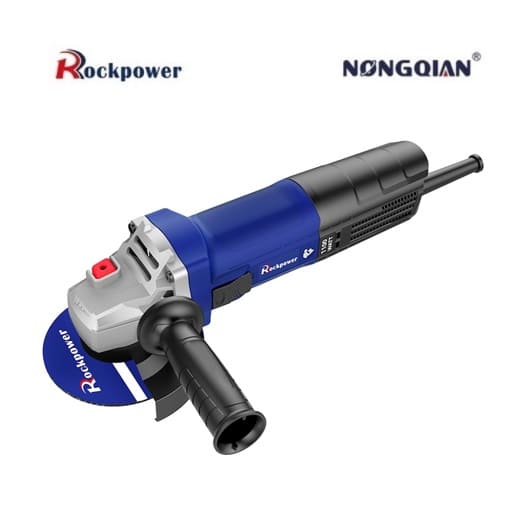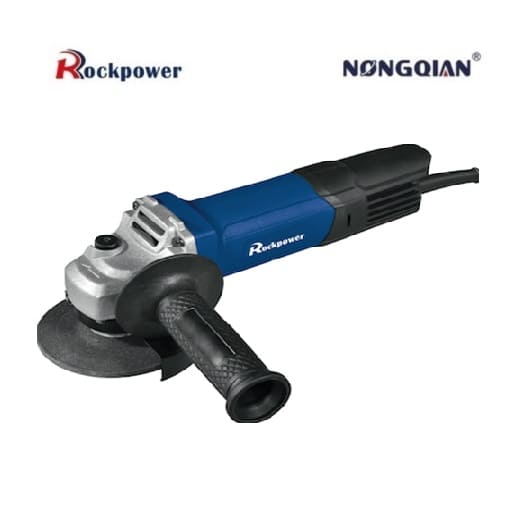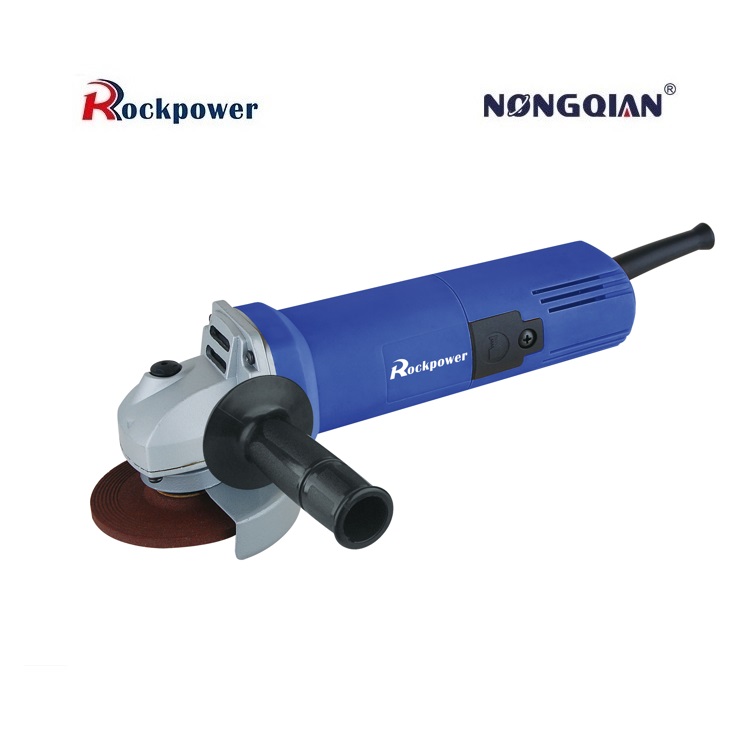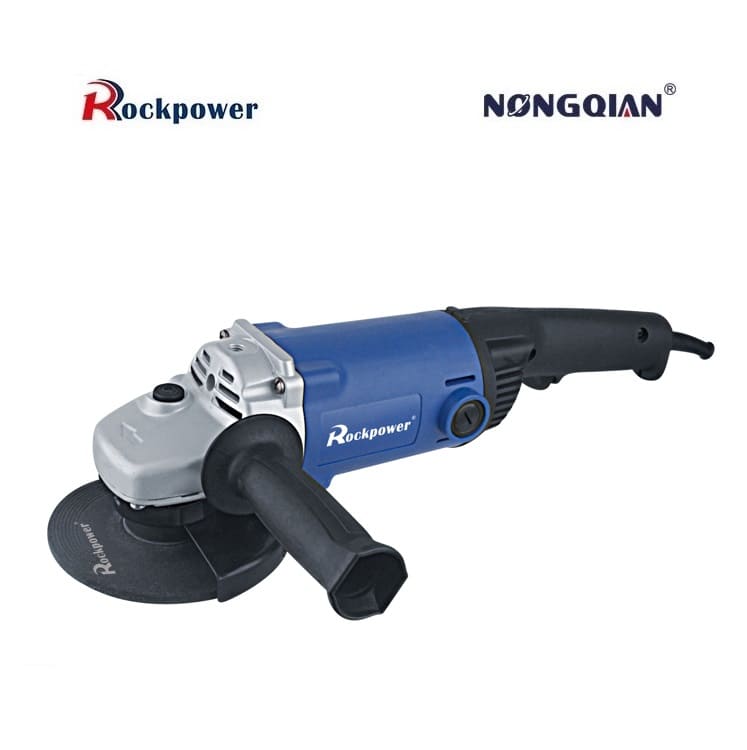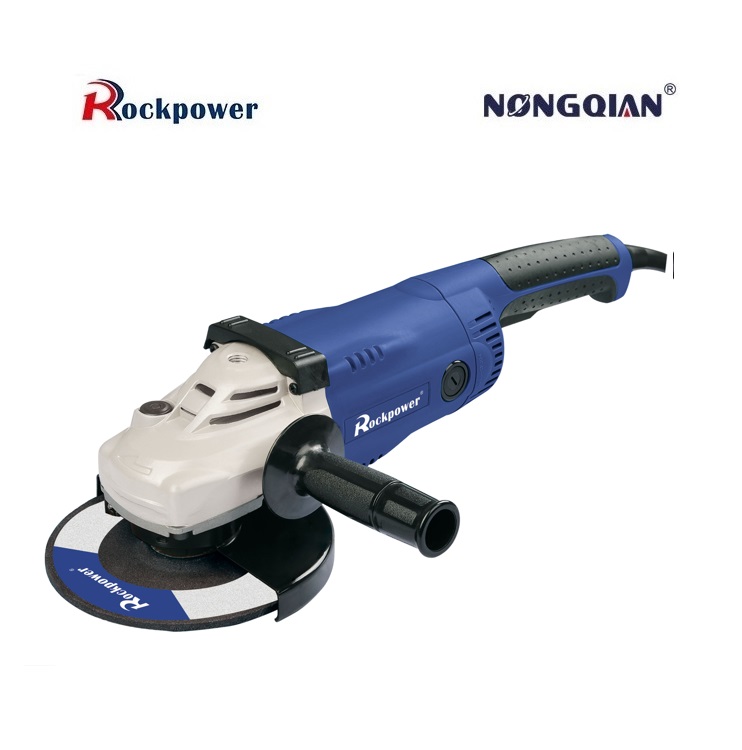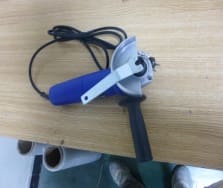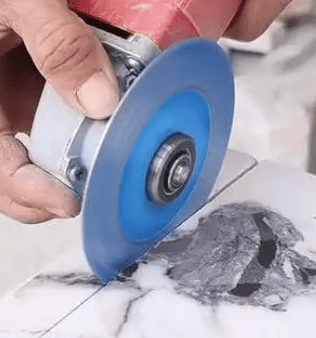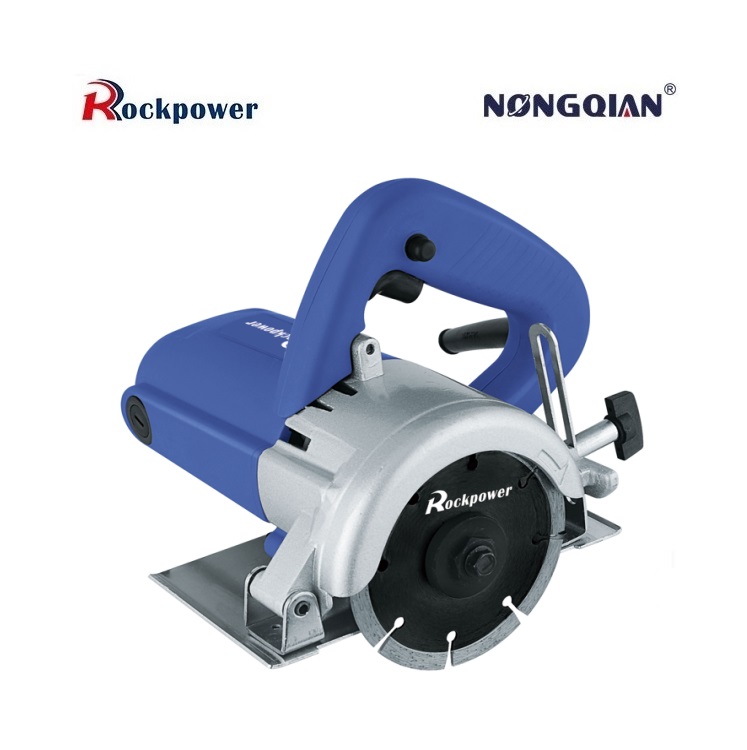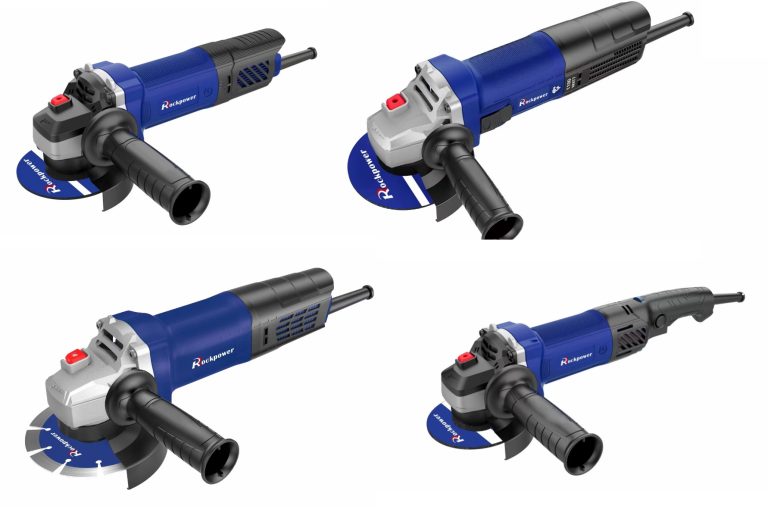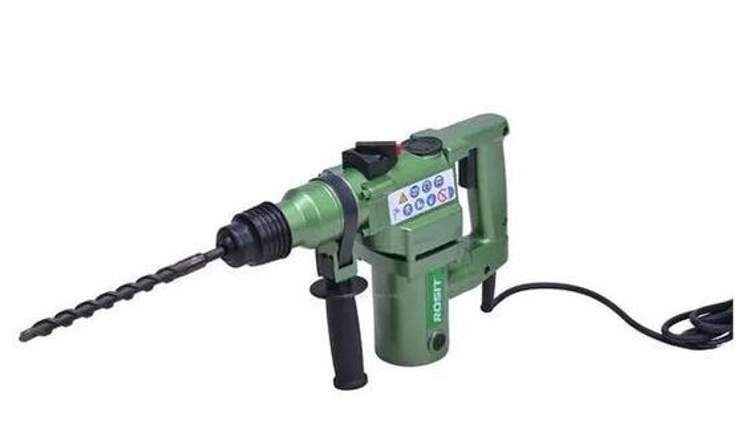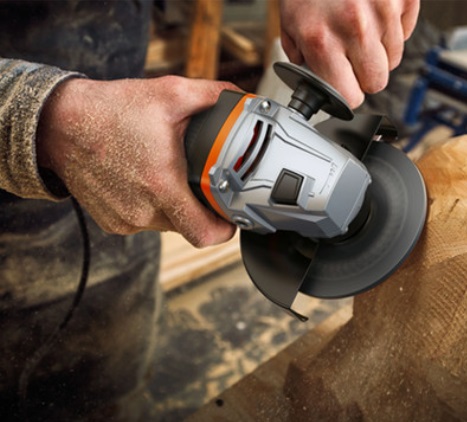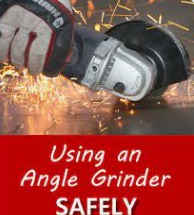What to look for when buying a cordless drill?
Before the widespread adoption of impact drivers, people often had to exert tremendous effort when driving long screws into hard wood or attempting to remove screws/bolts, yet frequently struggled to achieve satisfactory results. However, the advent of cordless impact drills in the early 21st century revolutionized this predicament. Cordless impact drills not only excel in drilling capabilities but also incorporate powerful impact functions, significantly enhancing work efficiency. Next, we will unveil the eight key factors to consider when purchasing a cordless impact drill.
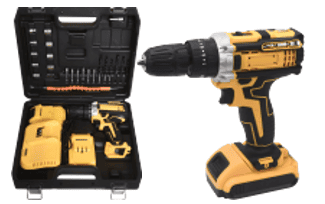
01 Factors to Consider When Choosing a Cordless Impact Drill
1. Motor Type
The motor type is the primary factor to consider when selecting a cordless impact drill. Different motor types directly affect the tool’s performance and price. Common motor types on the market include AC (alternating current) motors and DC (direct current) motors, with DC motors being more widely used in cordless impact drills.
Additionally, motor power is another crucial consideration. Higher power typically means better performance, but it also comes with a higher price tag. Therefore, buyers should balance these factors based on their needs and budget.
Brushless motor models, though slightly more expensive than brushed versions, offer lower maintenance requirements, higher efficiency, reduced heat generation, and smart features. These smart features include communication between the tool and battery, as well as overload and overheating protection, all designed to optimize performance and extend lifespan. More advanced smart functions, such as Milwaukee’s One-Key or DeWalt’s Connect, can even adjust the tool’s speed under load to optimize runtime and power output. Thus, brushless motor models are highly recommended when purchasing a cordless impact drill.
2. Voltage
Voltage is another critical factor when selecting a cordless impact drill. Voltage stability directly affects motor efficiency and overall tool performance. Therefore, buyers should ensure the chosen product can adapt to different voltage environments for stable and long-lasting operation.
Impact drills come in various voltage options, including 12V, 18V, 24V, 36V, and even 40V. Generally, 12V impact drills offer torque comparable to 18V drills while being more compact and lightweight, meeting 80% of users’ needs. Thus, 12V models are sufficient for most casual users, while professionals may require 18V or higher-voltage models for demanding tasks. In summary, home users can opt for 12V or 18V impact drills for everyday use.
3. Main Switch & Speed Adjustment
When selecting an impact drill, the main switch and speed adjustment features should also be considered. The main switch controls power on/off for safety, while speed adjustment allows flexibility to adapt to different tasks, improving efficiency.
Although impact drills primarily focus on impact force, speed adjustment is equally important in many applications. To meet diverse needs, mainstream impact drills typically offer multi-speed settings. For example:
- Milwaukee’s M18 FUEL impact drill provides 0-1700, 3000, and 3900 RPM options.
- Metabo’s TRIPLE impact drill divides output speed into four fine-tuned levels.
- Makita’s models even feature dedicated speed modes for wood or metal processing.
Additionally, impact drills usually come with either standard switches or variable-speed switches. Even with multiple speed settings, beginners should start at lower speeds for precision when drilling or driving screws, gradually increasing as needed. Similarly, when nearing completion, gradually reducing speed prevents over-drilling or stripping screws. Models with variable-speed triggers allow easy speed control by adjusting pressure, offering superior handling. Thus, when choosing, prioritize models with variable-speed triggers and multiple speed settings.
4. Torque & Impact Rate (IPM)
When selecting an impact drill, torque and impact rate (IPM) are two key performance metrics. Torque determines the force for drilling or driving screws, while impact rate affects efficiency. Balancing these factors based on actual needs ensures optimal performance.
- Torque:
- 12V models: Typically 800–1200 in-lbs (90–140 Nm).
- 18V standard models: Usually 1350–2250 in-lbs (150–250 Nm).
- Professional-grade 18V models: Often 1800–2000 in-lbs (200–230 Nm).
- Impact Rate (IPM – Impacts Per Minute):
- 12V models: Usually 2200–3500 IPM.
- 18V models: Typically 1750–3750 IPM.
Thus, prioritize models with higher torque and IPM for better performance.
5. Forward/Reverse Function & Locking Mechanism
The forward/reverse function allows the drill to rotate clockwise (driving screws) or counterclockwise (removing screws). The locking mechanism prevents accidental activation during transport or storage.
For convenience, most impact drills feature a forward/reverse switch, with some models including a middle lock position to prevent accidental starts. When choosing, ensure the switch is easy to toggle with your thumb and index finger, and opt for models with a locking feature.
6. Soft-Grip Handle & Rubberized Housing
Since users apply force when operating an impact drill, handle comfort is crucial. When selecting a model, check:
- Whether the handle has sufficient rubber padding for a comfortable grip.
- Whether the housing includes rubberized side panels to protect against drops.
For better ergonomics and durability, choose models with soft-grip handles and rubberized housing.
7. LED Light & Hook Design
- LED Light: Essential for working in dimly lit areas, ensuring visibility and precision. Look for bright, durable LEDs positioned to illuminate the work area.
- Hook: Allows easy hanging when not in use, freeing hands for other tasks (e.g., climbing ladders).
Thus, prioritize models with LED lights and hooks for convenience and safety.
8. Battery Platform Compatibility and charger
Currently, most power tool brands use proprietary battery systems, limiting cross-brand compatibility. While some initiatives (e.g., Bosch’s AmpShare or Metabo’s CAS) aim to create shared battery platforms, they remain uncommon.
This means once you choose a brand, its batteries may only work with other tools from the same brand, increasing long-term costs. Therefore, select a brand with a wide range of compatible tools to maximize flexibility.
Conclusion
When buying a cordless impact drill, consider:
- Brushless motors for efficiency & durability.
- Voltage (12V/18V) based on needs.
- Variable-speed trigger & multiple speed settings.
- High torque & IPM for power and speed.
- Forward/reverse switch with a lock.
- Soft-grip handle & rubberized housing.
- LED light & hook for convenience.
- Battery platform compatibility.
By evaluating these factors, you can select the best cordless impact drill for your needs!
Configuration of cordless Drill and pacakges:
Normally configuration also can customized according to customer requirement, such as Unit price(2pcs battery,1pc charger, BMC pack with accessories ); Unit price(Color box pack, 1pc battery,1pc charger without accessories); Unit price(only BMC pack without accessories, 2pcs battery, 1pc charger). Package all can customize.
You may also interest to read similar questions:
What to look for when buying a cordless drill?
When to use impact vs drill?
Is a brushless drill better?
What does “brushless” mean on a drill?
Are corded drills more powerful?
Is a hammer drill more powerful than a regular drill?

